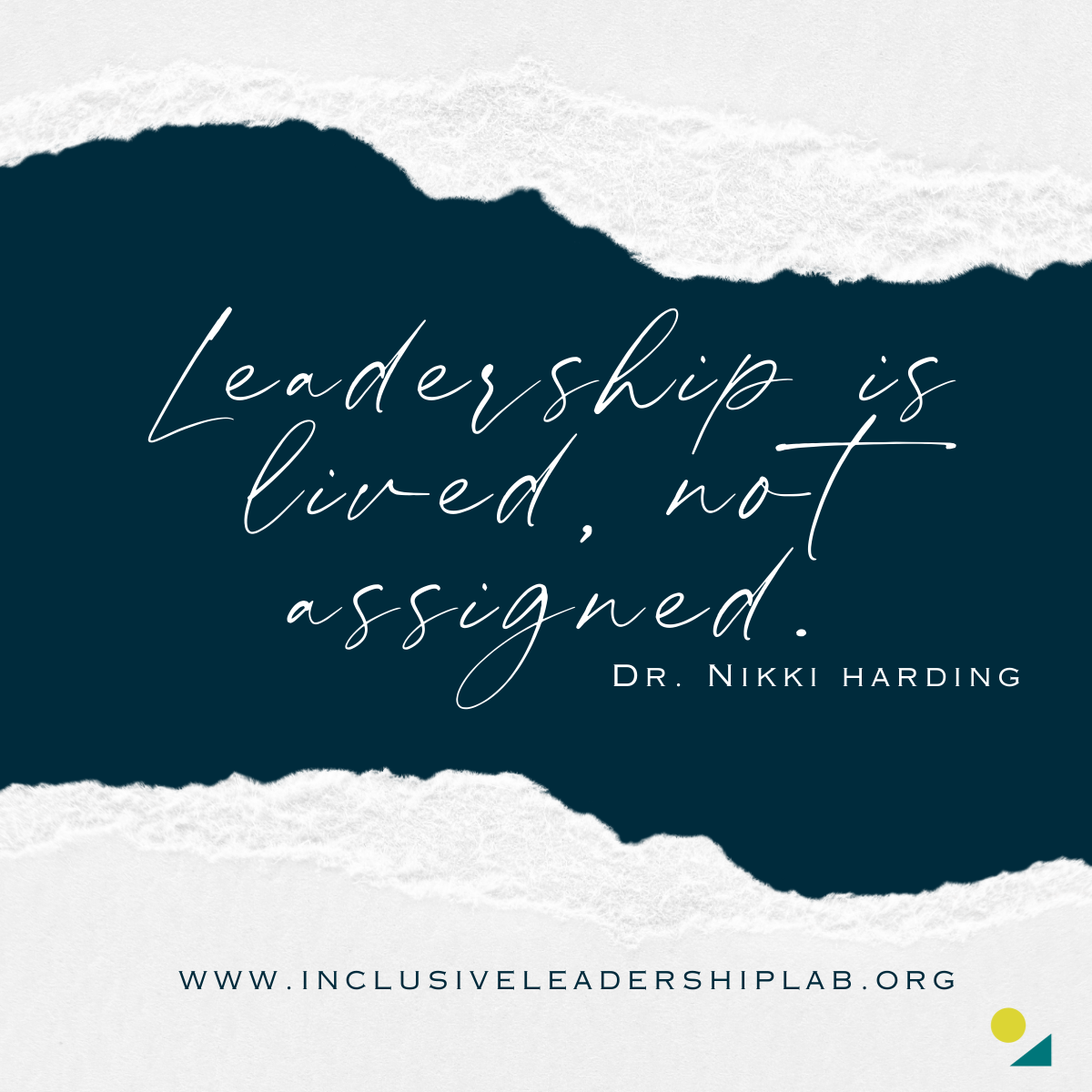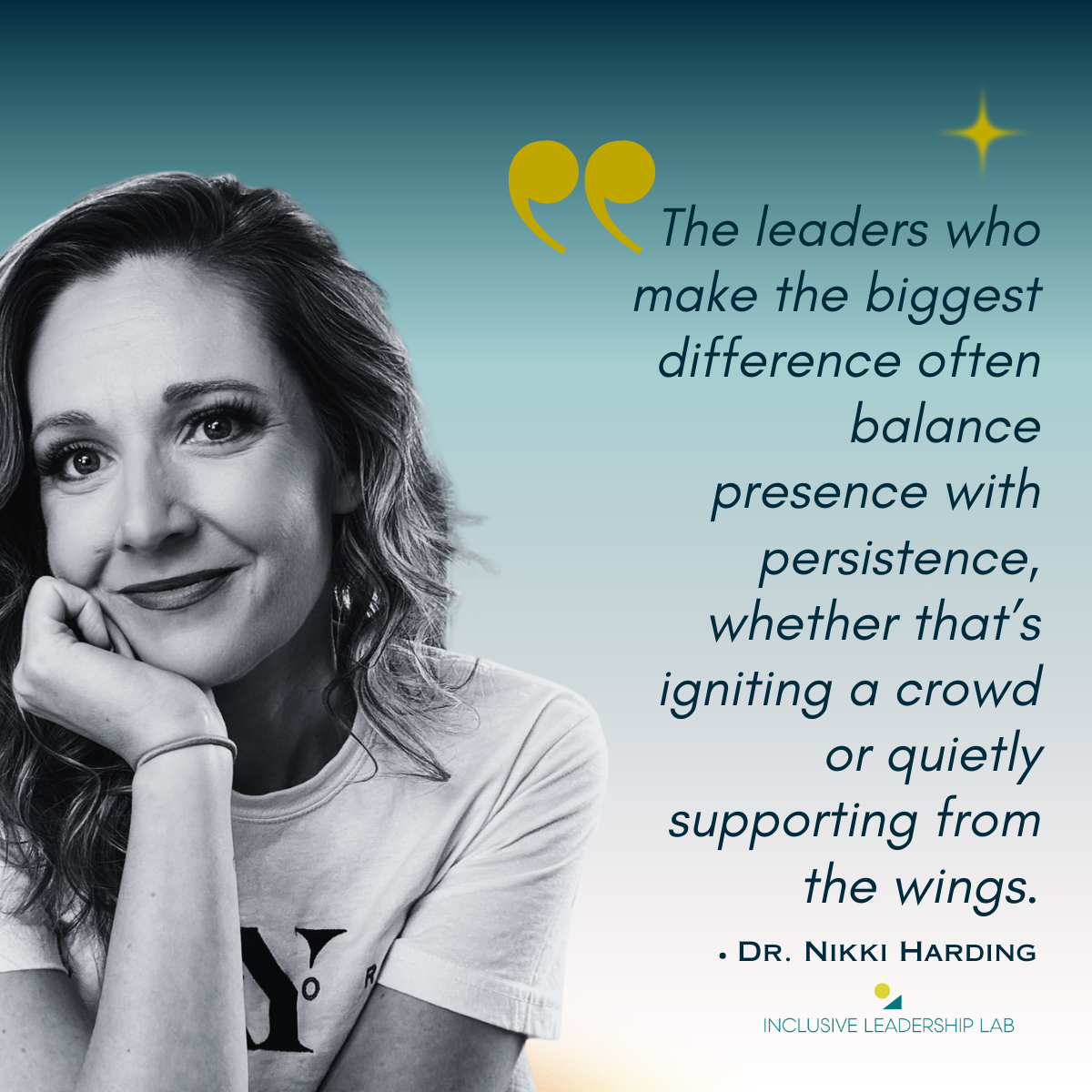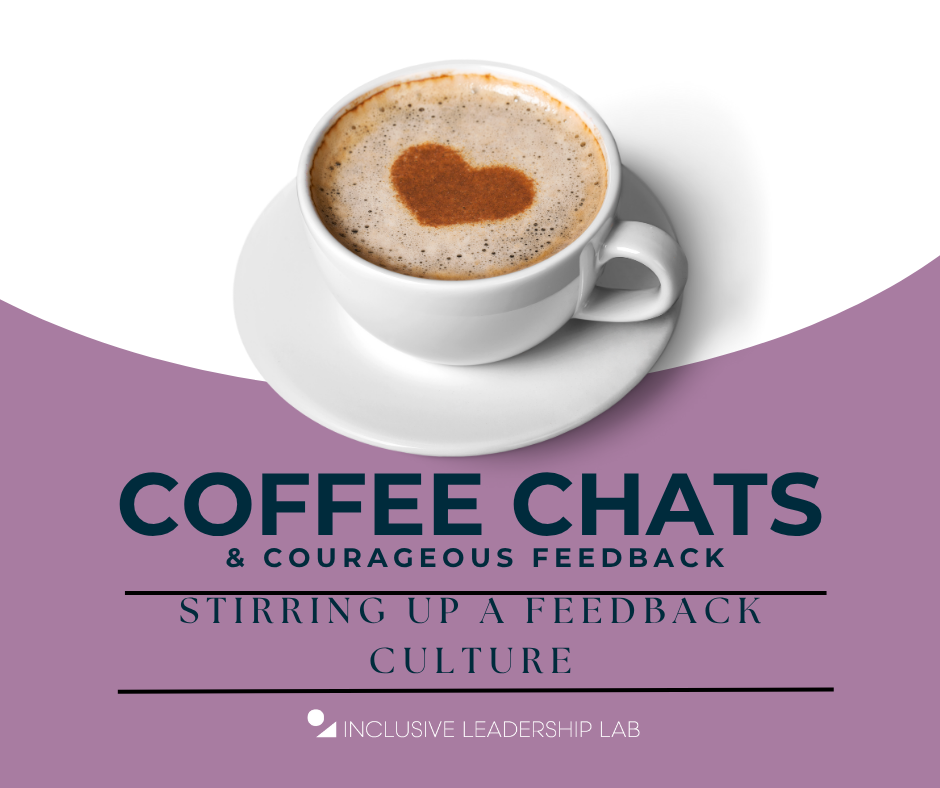
INCLUSION BLOG

You Already Know What Special Education Leadership Needs
Special education leaders are navigating unprecedented change. Discover why the support systems you're already imagining are exactly what the field needs now.

2035: The Year Special Education Collapses (If We Don't Act Now)
What happens if special education systems don't change? Explore data-driven projections for 2035 and why district leaders must act now to prevent system collapse.

The SDI Gap: Why Special Education's Core Practice Is Failing Teachers and Students
Discover why specially designed instruction (SDI) knowledge gaps drive special education teacher turnover and what district leaders must do now to protect FAPE delivery.

The Perfect Storm: Why Special Education Leadership Has Never Been More Critical, or More Vulnerable
Discover how Department of Education restructuring and special education leadership shortages in 2025 impact IDEA compliance, teacher retention, and students' access to FAPE nationwide.

Instructional Leadership Development in 2025: Why Now?
Federal uncertainty is reshaping K-12 education—but one thing remains constant: great teaching happens because of great coaching.
As the Education Department restructures, district leaders must ask: Are our professional development systems built on compliance... or empowerment?
New research shows that job-embedded coaching and mentorship are the #1 retention tools for early-career teachers. It's time to invest in what actually works.
#EducationLeadership #K12 #TeacherRetention #InstructionalCoaching

New Teachers & Specially Designed Instruction: Our Next Crisis
New special education teachers struggle with specially designed instruction implementation. Research reveals critical preparation gaps affecting 7.5M students with disabilities.

Special Education at Risk: 2025 Federal Restructuring
Federal special education support is collapsing. OSEP gutted. Technical assistance disappearing. Districts are on their own. What smart leaders are doing now: #SpecialEducation #Departmentofeducation

Why Virtual Coaching Fails Without Strategic Implementation Support
Virtual coaching fails without implementation support. Learn how our tiered framework transforms technology investment into measurable teacher growth and student achievement.

Transforming Education Through AI-Enhanced Instructional Coaching

What does our discipline data say about our beliefs and values in education?
Discover how 11 million instructional days are lost annually due to suspensions and expulsions. Learn about innovative solutions and partnership opportunities in education reform.

Leadership Is Everyone’s Responsibility: Shaping School Culture Through Action
“Leadership is lived, not assigned.” The culture we create is a mirror reflecting our actions. Leadership is everyone’s responsibility, and the choices we make every day attract the environment where we—and those around us—can truly thrive.

Beyond the Spotlight: Rethinking Leadership, Influence, and Legacy
Leadership isn’t one-size-fits-all. Extroverted leaders inspire in the spotlight. Introverted leaders build trust quietly behind the scenes. The real difference? Follow-through. Discover how personality and consistent action shape lasting impact—and ask yourself, what kind of leader are you?
#Leadership #SchoolLeadership #EducationalLeadership #Introverts #Extroverts #FollowThrough

How Belonging Transforms School Culture: Imagine a Future Where Everyone Thrives

Why Your Leadership Matters Now More Than Ever

From Research to Results: Why Evidence-Based Professional Development Matters for Your District

The Year I Almost Quit

Coffee Chats & Courageous Feedback

Why Belonging Matters
As a superintendent, you're no stranger to strategic planning, data-driven goals, and the ever-growing urgency to retain great teachers. But there’s one factor that’s often undervalued in leadership development—even though it’s deeply tied to retention, performance, and well-being: belonging.
Not a tagline. Not a trend. Belonging is a measurable and powerful leadership lever—and it might be the missing piece in your instructional culture.

The Real Challenges Facing Today’s School Principals
School principals are navigating more complexity than ever—from policy pressure to staff burnout. Learn what’s really behind the role and how leadership support can drive change.

What Really Makes a Difference at Work?
Key Findings on Leadership and Adaptability in the Workplace
A recent meta-analysis explored how leadership impacts employee adaptability in changing work environments. It found that:
Leadership quality—not style labels like transformational or transactional—drives success in change.
What matters most is how leaders motivate, support, and build relationships, not the model they follow.

